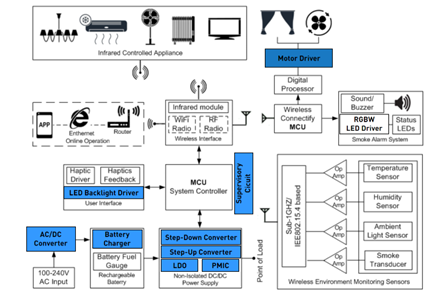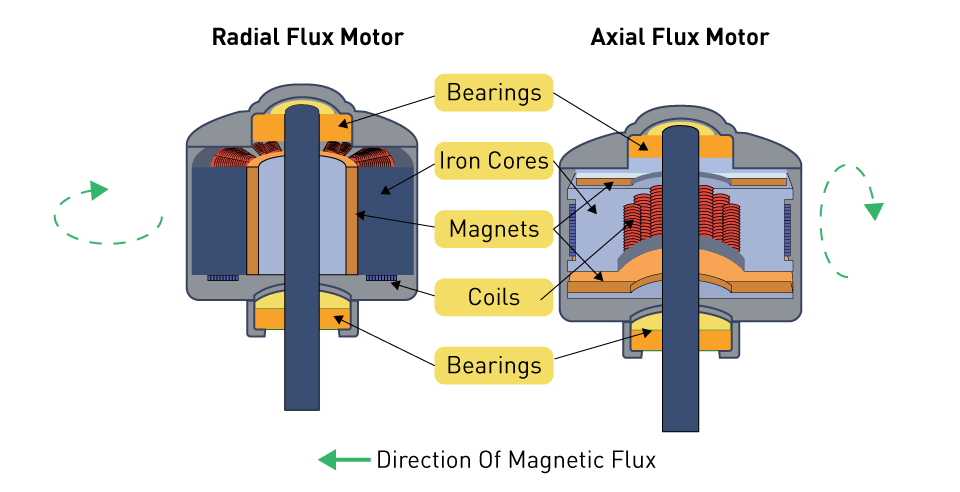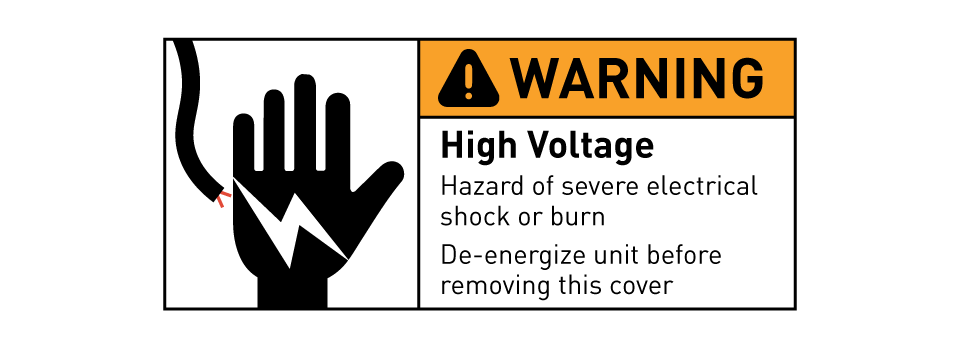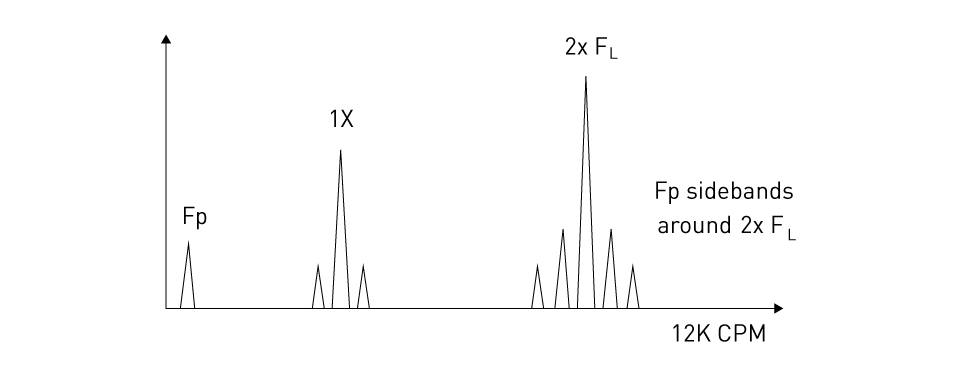Case studies Demonstrating Application of Motor Control and Drive Electronics
Real-world applications of advanced motor control and drive electronics demonstrate how these technologies are transforming numerous businesses. Examining specific case studies reveals the transformation of academic ideas into practical solutions that tackle challenging issues and foster innovative thinking. Here are two cases to show what I mean:
Case Study 1: High-Precision Robotics in Manufacturing
This high-tech factory is known for its cutting-edge automation. High-precision robotic arms demonstrate the assembly of complex servo motor control systems to meet stringent accuracy and dependability standards. These robotic arms play a crucial role in the assembly of intricate electrical components, which require micron-level precision, typically ranging from 1 to 5 microns.
When these robotic systems use servo motors, they come with high-resolution encoders and high-tech sensors, like Hall effect sensors for detecting position and accelerometers for tracking speed and acceleration. These parts are critical for real-time feedback systems, which allow the system to change quickly in response to changes in load, vibration, and other external factors.
The control system carefully manages the motor's operation using proportional-integral-derivative (PID) methods. This makes it possible for the robotic arms to respond quickly—often in less than 10 milliseconds—which is crucial for jobs that need fast, precise movements. The motors can generate torque of up to 250 Newton-millimeters and spin at speeds of up to 10,000 RPM. This means that the system can handle both the rapid moves needed in high-throughput production settings and the careful handling of delicate parts.
This case study not only shows how important advanced motor control systems are for making manufacturing more precise, but it also shows how drive electronics are especially designed to make automation tasks in high-tech industries run more smoothly and quickly. Using these advanced motor technologies together directly leads to much higher-quality products, less trash, and more efficient production as a whole.
Case Study 2: Energy-Efficient HVAC Systems
A new generation of energy-efficient HVAC systems for big commercial buildings has been created to make them more sustainable and efficient. These systems use cutting-edge variable-frequency drives (VFDs) to control the operation of AC motors based on real-time environmental demands. Depending on the system and the building's needs, these advanced systems can reduce energy use by a significant amount, typically between 20% and 50%.
The VFDs used in these HVAC systems are made to work with three-phase AC motors that are popular in commercial HVAC applications and usually have ratings between 10 kW and 50 kW. Variable frequency drives (VFDs) change the motor speed by changing the frequency of the power that is sent to the motor. This way, fans and pumps only work at the levels required to create the right environment, using less power than they need to.
One intriguing thing about these systems is that they work with high-tech building management software, like Siemens' Desigo CC, which runs the VFDs. This software has an easy-to-use interface for checking on and changing settings based on data from monitors that measure temperature, humidity, and air quality in real time. This combination lets for dynamic changes that not only make the best use of energy but also keep the quality of the air inside staying within the best ranges.
The fact that these VFD-driven HVAC systems work well in business buildings shows how drive electronics can be used to make huge improvements in energy efficiency and cut down on costs. The huge potential of combining advanced motor control technologies with smart building management systems is shown by the positive effects on both the economy and the environment.
Analysis of Solutions to Complex Motor Control Challenges
Case studies examining complex motor control issues demonstrate not only the complexity of drive electronics but also the potential for innovative solutions. Looking at these answers, we can learn a lot about the methods and technologies that make big improvements possible in motor control applications. The study taught us the following:
Innovative Control Strategies: Using new control strategies, such as adaptive control, predictive control, and advanced algorithms that can adapt to changing situations, is one of the best ways to solve difficult motor control problems. These methods make it possible for motors to work better with a wider range of loads and conditions, which greatly improves their performance and dependability.
Integration with Sensory Feedback: Incorporation sensory feedback in movement control systems is crucial for tackling complex issues. Motor controllers can make smart choices, change operational settings on the fly, and achieve high levels of accuracy and efficiency by using real-time data from sensors. Tasks that require meticulous control, such as robotic surgery or manufacturing, necessitate this feedback process.
Use of Advanced Materials and Components: The creation and use of new materials and parts have made it possible for motor control design to make big steps forward. Motor systems are strong, efficient, and work well because they use high-performance semiconductors, ultra-efficient magnetic materials, and long-lasting mechanical parts. These improvements make it possible to make motors that are smaller, stronger, and use less energy while still being able to do complex jobs.
Custom Drive Solutions: Custom drive solutions demonstrate the ability to modify current motor control systems to meet diverse needs. Engineers can get the best performance in terms of speed, torque, accuracy, or energy economy by making sure that the drive electronics are custom-made for each application. To deal with the complex nature of motor control problems, these custom solutions often use a multidisciplinary method that combines electrical, mechanical, and software engineering.
Energy Efficiency and Sustainability: When looking at difficult motor control problems, energy economy and sustainability are frequently mentioned. Driving gadgets that use the least amount of energy and work as efficiently as possible not only cuts costs but also helps protect the environment. Motor control technology is moving toward greener options with things like variable frequency drives (VFDs), regenerative braking systems, and motor designs that use less energy.






直接登录
创建新帐号